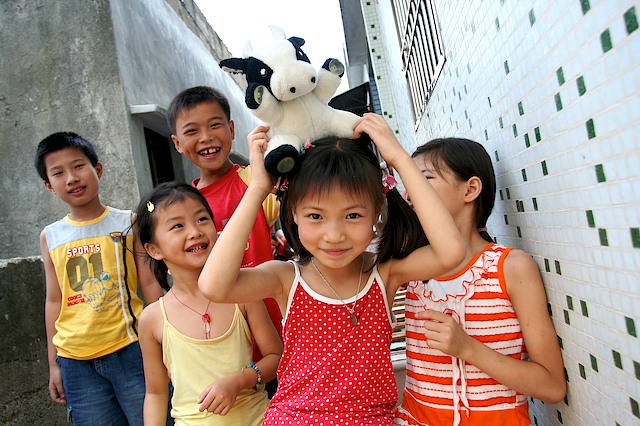
China has tried to end speculation over the future of its controversial one-child policy by saying that it would not be scrapped for at least 10 years. The future of the policy, which the Communist Party claims has reduced the potential population by 400 million since it was introduced 30 years ago, has been the subject of intense debate within the government.
Critics say it is contributing to an imbalance between the sexes as couples selectively abort girl foetuses, and that it is about to lead to demographic disaster as a growing population of the elderly becomes dependent on fewer people of working age. The tendency of some local officials to use brutal methods to enforce the law also leads to poor publicity abroad and increasingly at home. This was followed by both a statement denying that change was imminent, put out by the commission, and a statement that change was being considered, by a senior spokesman for China's advisory parliamentary body, which opened its annual session last week.
Critics say it is contributing to an imbalance between the sexes as couples selectively abort girl foetuses, and that it is about to lead to demographic disaster as a growing population of the elderly becomes dependent on fewer people of working age. The tendency of some local officials to use brutal methods to enforce the law also leads to poor publicity abroad and increasingly at home. This was followed by both a statement denying that change was imminent, put out by the commission, and a statement that change was being considered, by a senior spokesman for China's advisory parliamentary body, which opened its annual session last week.
Miss Zhao's boss, the minister, Zhang Weiqing, gave an interview to China Daily in an apparent attempt to lay the issue to rest. Any change in the policy would be considered only after the end of the country's next birth peak in 10 years, he said.
Nevertheless it is likely that a gradual change from a "one-child policy" to a more flexible "restrictive" policy will continue. Provinces already have some leeway to set their own rules, while for many people two children is now the legal norm.





